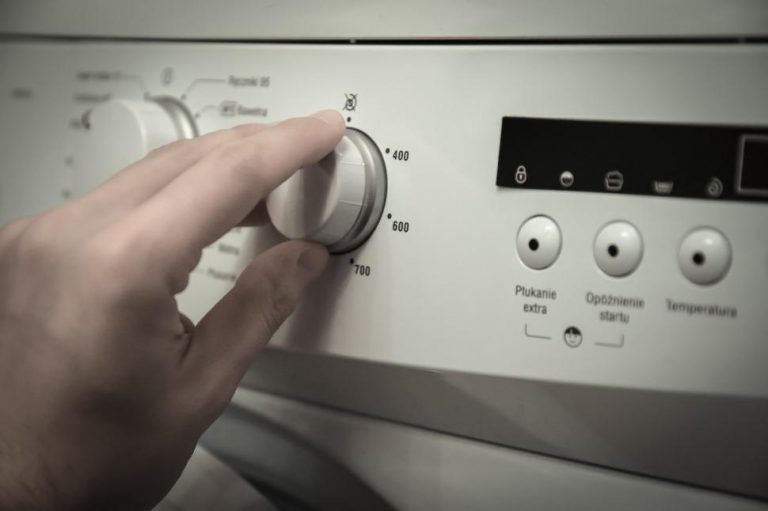Printer Repair: How to Troubleshoot Common Printing Issues
Printers are essential tools in both offices and homes, enabling us to print documents, images, and other important materials. However, like any piece of technology, printers can encounter issues that disrupt their performance. From paper jams to poor print quality, printer problems can be frustrating. Fortunately, many common printer issues can be resolved without the need for professional repair services. In this article, we’ll explore the most frequent printing issues and provide practical solutions to help you get your printer up and running smoothly.
1. Printer Not Printing
One of the most common complaints users have is when their printer refuses to print altogether. The cause could be a simple issue with settings, connectivity, or driver software.
Possible Causes:
- Connectivity Issues: The printer may not be properly connected to your computer or Wi-Fi network.
- Outdated Drivers: Missing or outdated printer drivers can cause communication problems between your computer and the printer.
- Incorrect Printer Settings: The printer might not be set as the default device on your computer.
- Empty Ink or Toner Cartridges: The printer could be low on ink or toner, which may prevent it from printing.
How to Fix It:
- Check connections: If you’re using a USB connection, ensure the cable is properly plugged in. For wireless printers, confirm that both the printer and computer are connected to the same Wi-Fi network.
- Update or reinstall drivers: Go to the printer manufacturer’s website, download the latest drivers for your model, and install them. Alternatively, use your computer’s device manager to update drivers automatically.
- Set the correct default printer: On a Windows computer, go to Control Panel > Devices and Printers, right-click your printer, and select Set as Default Printer. On a Mac, open System Preferences > Printers & Scanners, and ensure your printer is selected as the default.
- Check ink or toner levels: Most printers have a display panel or software that shows ink or toner levels. If low, replace the cartridges or refill them.
2. Paper Jams
Paper jams are one of the most frequent and frustrating printer problems. They can occur due to improper paper loading, using the wrong paper type, or mechanical issues within the printer.
Possible Causes:
- Overloaded Paper Tray: Loading too much paper can cause jams.
- Wrong Paper Type: Using paper that is too thick, glossy, or improperly sized may lead to jams.
- Worn Rollers: Over time, the rollers that feed paper through the printer may wear down, causing misfeeds.
- Foreign Objects: Small bits of paper, staples, or other debris can block the paper path.
How to Fix It:
- Clear the jam: First, turn off the printer and unplug it. Gently remove the jammed paper by pulling it in the direction of the paper path. Avoid pulling it backward to prevent damaging internal components. Open all accessible printer compartments to check for any remaining pieces of paper or debris.
- Inspect the paper tray: Make sure you’re not overloading the paper tray. Check that the paper is properly aligned and that the guides are snug but not too tight.
- Use the correct paper type: Refer to the printer’s manual to see what paper types and sizes are compatible with your printer. Avoid using crumpled or damaged paper.
- Clean or replace rollers: If the rollers are dirty or worn, they can cause jams. You can clean the rollers with a damp cloth, but if they are worn out, they may need to be replaced.
3. Low Print Quality (Faded or Blurry Prints)
When printouts are faded, streaky, or blurry, it usually indicates a problem with the ink or toner, printhead, or settings.
Possible Causes:
- Low Ink or Toner: Faded prints are often due to low ink or toner levels.
- Clogged Printheads: Inkjet printers are prone to clogged printheads, which can result in streaks or missing lines in printed documents.
- Incorrect Print Settings: The wrong paper type or quality setting can affect print quality.
- Poor Paper Quality: Low-quality or inappropriate paper can lead to blurred or uneven prints.
How to Fix It:
- Replace ink or toner cartridges: Check the ink or toner levels and replace them if necessary. Some printers have a “toner save” mode that reduces print quality to conserve ink or toner—ensure this setting isn’t activated if you want better print quality.
- Clean the printheads: Most inkjet printers have a cleaning function that can be accessed through the printer’s control panel or software on your computer. Run a printhead cleaning cycle to remove clogs. If the printhead is removable, you can also manually clean it with a lint-free cloth and distilled water.
- Adjust print settings: Ensure that you’ve selected the appropriate paper type and print quality in your printer settings. For high-quality printing, set the printer to Best or High Quality.
- Use high-quality paper: For optimal results, use paper that matches the type of printing you’re doing, such as photo paper for images or premium paper for important documents.
4. Printer is Too Slow
If your printer takes too long to complete jobs, it may be due to complex print settings, an old device, or network issues.
Possible Causes:
- High-Resolution Settings: Printing at the highest resolution can slow down the process, especially for large documents or images.
- Complex Print Jobs: Documents with heavy graphics or multiple layers can take longer to print.
- Outdated Printer or Network: Older printers or network congestion may reduce printing speed, especially for wireless printers.
How to Fix It:
- Lower print resolution: For everyday documents, set the print quality to Normal or Draft mode, which will speed up printing.
- Simplify the document: Reduce the size and complexity of documents by using simpler fonts, fewer images, or converting files to PDF format before printing.
- Upgrade your printer or network: If your printer is outdated, consider upgrading to a faster model. For wireless printers, ensure your network connection is stable and consider moving the printer closer to the router.
5. Printer Keeps Going Offline
Printers going offline is a common issue, especially with wireless models. This can be due to connectivity problems, driver issues, or printer settings.
Possible Causes:
- Weak Wi-Fi Signal: A weak or unstable Wi-Fi connection can cause the printer to appear offline.
- Incorrect Settings: The printer may be set to “offline mode” in your computer’s settings.
- Driver Problems: Outdated or corrupted drivers can cause communication issues between the computer and the printer.
How to Fix It:
- Check your Wi-Fi connection: Ensure that the printer is connected to the correct network and that the signal strength is strong. If necessary, move the printer closer to the router.
- Turn off offline mode: In Windows, go to Devices and Printers, right-click your printer, and uncheck Use Printer Offline. On a Mac, check the printer’s status under Printers & Scanners in System Preferences.
- Restart the printer and computer: Sometimes, simply restarting both the printer and your computer can resolve the issue.
- Update or reinstall drivers: Check for updated printer drivers and reinstall them if necessary.
6. Smudged or Smeared Prints
Smudged or smeared prints can occur due to a variety of reasons, including the type of paper you’re using or issues with the ink or toner.
Possible Causes:
- Slow Drying Ink: On inkjet printers, smudging often occurs because the ink hasn’t had enough time to dry, especially on glossy or thick paper.
- Incorrect Paper Type: Using the wrong type of paper or printing on the wrong side of the paper can cause ink to smear.
- Dirty Printheads or Rollers: Dust and dirt on the printheads or rollers can also result in smeared or streaked prints.
How to Fix It:
- Allow time for ink to dry: After printing, give the document a few minutes to dry before handling it, especially if you’re printing on photo or glossy paper.
- Use the correct paper: Make sure you’re using the recommended paper for your printer and print job. Check the paper packaging for specific guidance on which side to print on.
- Clean the printheads and rollers: Run the printer’s cleaning function or manually clean the rollers to remove any dust or debris that could be causing smudging.
7. Printer Prints Blank Pages
A printer that prints blank pages is a frustrating issue that can waste paper and ink.
Possible Causes:
- Empty Ink or Toner Cartridge: The ink or toner cartridge may be empty or improperly installed.
- Clogged Printhead: On inkjet printers, clogged printheads can prevent ink from being deposited on the paper.
- Incorrect Print Settings: The print job may be set to “blank page” or the wrong page range.
How to Fix It:
- Check the ink or toner levels: Replace or refill cartridges if they are low or empty.
- Clean the printhead: Use the printer’s software to perform a printhead cleaning cycle.
- Double-check print settings: Ensure you’ve selected the correct pages to print and that there are no blank pages included in the print queue.




